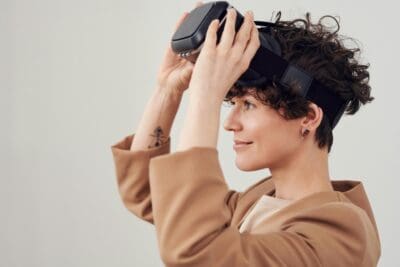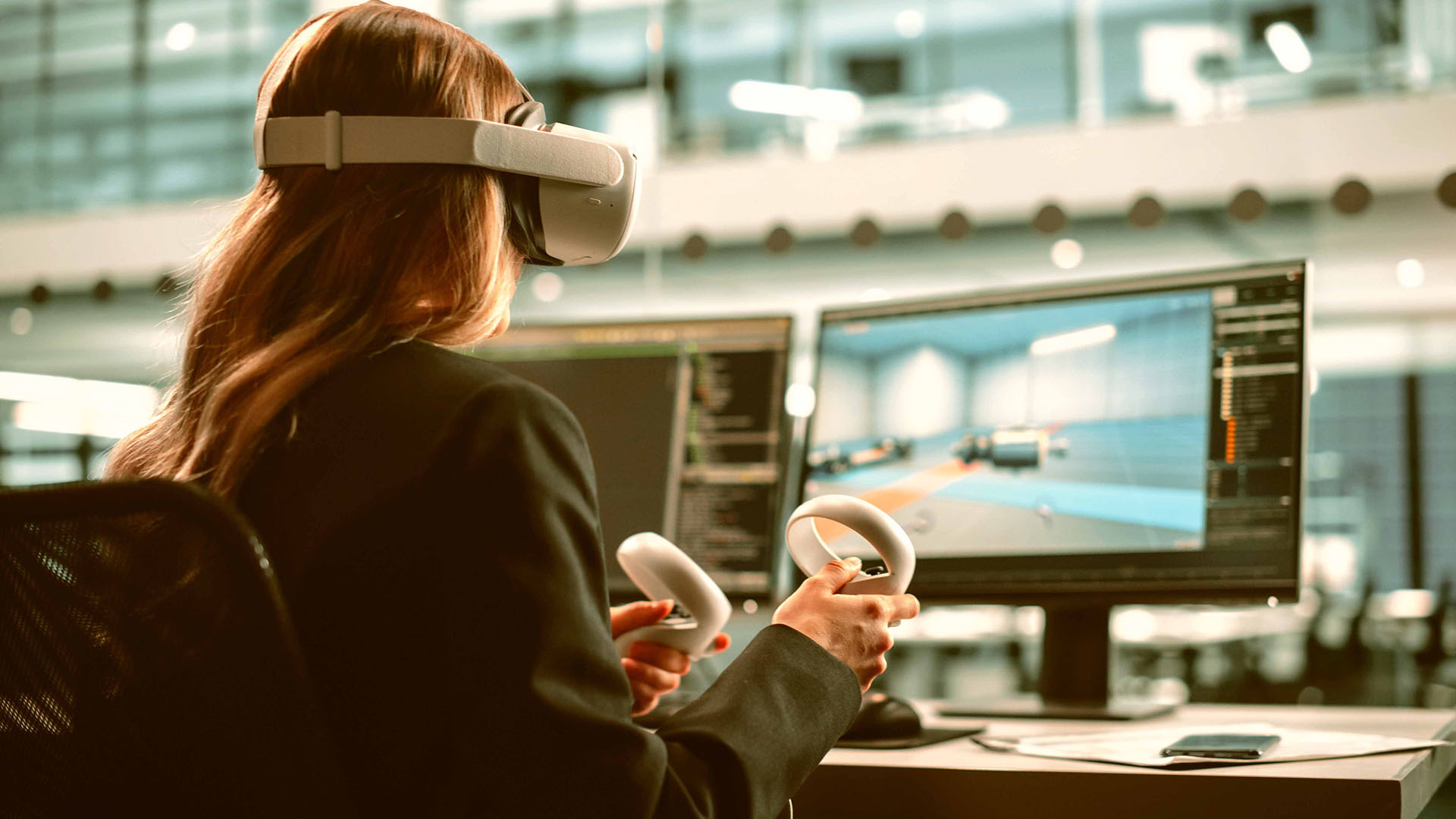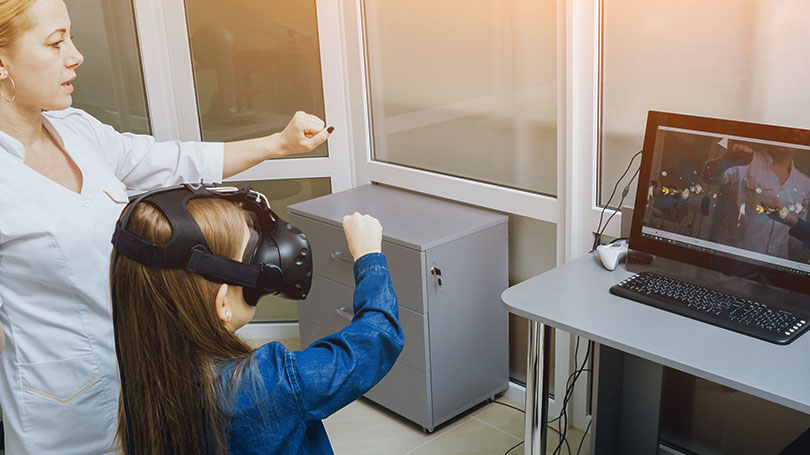We’ve seen the power and promise of extended reality (XR) and real-time 3D (RT3D) technology for our workplaces and classrooms, from creating virtual environments where students can safely practice new skills to the emergence of new occupations and career pathways that rely on technical knowledge of these immersive tools. However, a range of systemic barriers—including digital literacy gaps, a lack of high-speed internet access, expensive hardware and software systems, and unclear career pathways into the jobs building XR ecosystems—are limiting the impact of these solutions to change people’s lives and career trajectories. As this technology and the ecosystem surrounding it grows and matures, we need to do more to help its promise truly reach everyone.
XR and RT3D technologies have been around for decades and are becoming more accessible, usable, and cost-effective, offering an ever-widening scope of experiences. Despite this flourishing of technological capabilities, we’re just scratching the surface of their full potential to impact how we work and learn. At the same time, these rapid advances are raising new questions about how we need to design and implement XR and RT3D tools to ensure workers and learners benefit equitably.
In 2020, JFFLabs released a groundbreaking market scan that highlighted leading innovators developing immersive learning technology for workforce training. Since then, we’ve explored the many ways in which this technology is already shaping the future of work and learning. We’ve incubated startups, led demonstration projects and innovation challenges that use XR technology for talent and business development goals, and we’ve supported community colleges offering training in XR skills—directly impacting hundreds of learners, workers, and organizational leaders across sectors—supported by partners such as Meta and SAP.
To highlight just one example, we’re seeing clear evidence of increased learner engagement and confidence from using XR and RT3D training, as well as more knowledge retention, both in field research and in the many anecdotes from the learners we serve and the partners we work with in communities across the country. In addition, as the usage and market for these technologies grow, so will the career pathways that require XR and RT3D-related skillsets.
As the transformational power of this technology increasingly reveals itself, JFF and our partners are looking beyond the current state of XR to ask how we might accelerate its potential to drive economic mobility.
With support from Unity’s Social Impact team, JFFLabs is bringing together a group of industry experts, technologists, and workforce and education practitioners who are leading the field in their application of XR and RT3D tools through a new engagement model we’re calling the “Metaverse for All Innovation Circle.” Over the course of this year, this group of leaders will examine different solutions, models, partnerships, lessons, and use-cases across sectors to develop a set of principles for designing, building, and deploying XR and RT3D tools within organizations serving workers and learners, especially those from communities that have been excluded from opportunities for economic advancement.
Together, we’ll dive into how this technology can benefit people, products, organizations, and the systems and culture that determine how we work and learn. Four design questions will guide our research:







